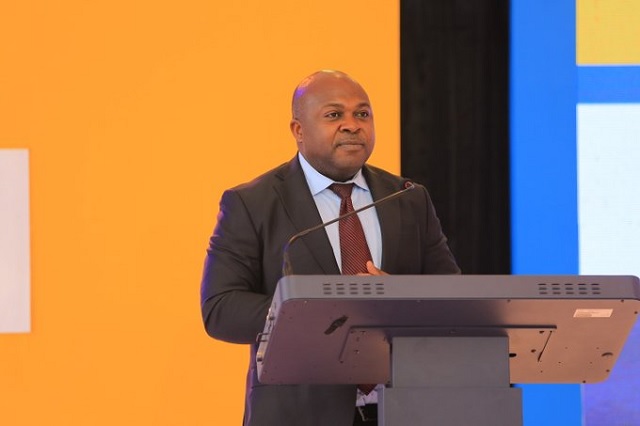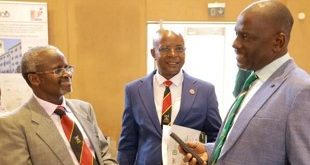
Kampala, Uganda | THE INDEPENDENT | The year 2024 will be the last full year for Umeme Ltd, the prime electricity distributor in Uganda, and they promise no decline in their service delivery to the end. The company is due to end its 20-year concession in March 2025, and the assets, including substations, transformers, lines, and other equipment, will be handed over to the government through Uganda Electricity Distribution Company Ltd (UEDCL).
Currently, Umeme and the government are also in the evaluation process to determine how much in investment the company will not have recouped yet and will be refunded. There is public sentiment that as the contract winds down, the distributor and personnel would be demotivated to maintain their best service. However, Selestino Babungi says this will not be because they must do to achieve the targets as per the contract until the last day.
These include continuing with network expansion, digitization, loss reduction, and more connections among others. Short of that will result in a breach of contract, according to him. “We intend to ensure that customer experience is not disrupted and it has happened before. UEB (Uganda Electricity Board) handed over to UEDCL and UEDCL to Umeme, and there were no disruptions,” Babungi said.
“For me, what matters is why these utilities were privatized. At that time they were barely surviving and so, we were given the responsibility to turn around the services, which we have done,” the MD says. According to him, they have performed well according to all indicators, in the areas of network expansion, supply stability, revenue collection, loss reduction, and capacity building, among others, which were the main reasons for giving out the services to a private company.
Over the last 19 years, the number of customers has increased from 26,000 to about 2 million, while revenue collections are expected to hit 2 trillion Shillings this year, at 99 percent performance mainly due to the introduction of the prepaid system through Yaka. Babungi says that this has helped the government fund other related projects like transmission.
According to him, energy losses have dropped to 16.2 percent from 49 percent when they took over.
“No national utility has that performance in the region. In Kenya, for example, they register losses of more than 23 percent,” he says. In its final year, Umeme is planning to spend between 70 and 100 billion shillings, according to the discussions now ongoing with the Ministry of Energy and Mineral Development and the Electricity Regulatory Authority (ERA).
Among the activities is the free connection exercise under the Electricity Access Scale-up Project, aimed at connecting at least 1 million households by 2027, with Umeme tasked to connect 600,000.
In March 2022, the World Bank committed about 2 trillion Shillings towards the project aimed at connecting at least 900,000 households and in effect serving more than 4.5 million Ugandans, bringing more than 13 million people accessing power on the national grid.
Babungi says the project is expected to take off next month, adding that the company has built capacity to connect 20,000 customers monthly. Other activities over the next year will include strengthening supply in high-growth areas like Gayaza-Bombo areas, Mityana, and Kayunga roads.On the stability of supply, which dominates public complaints, Babungi explains that they have introduced the ring system of supply lines instead of a linear system or a unidirectional supply system.
He explains that under the ring system, an area may have more than one line of supply and this ensures that there is always a standby line to supply in case one becomes faulty. For example, when the Katonga bridge collapsed, the power supply was also interrupted but, he says, they were able to immediately restore it on both sides.
“So those on the Masaka side, we switched them to supply from Masaka, and those on the opposite side were switched onto the Kampala side. If we had only a linear supply system, it would have been a problem for our customers there,” he said. A similar ring system has been developed for northern Uganda, where the areas of Acholi and Lango can now get power from Kawanda and Connecting to Gulu and Lira, to Soroti and Jinja.
Previously, the areas were served by a unidirectional line from Soroti. The completion of the new Hoima Substation will enable it to Supply Fort Portal through to Mbarara and Back to Kabulasoke, Masaka, while, if the same substation broke down, the areas would be supplied in reverse from Kabulasoke through Mbarara and Fort Portal to Hoima.
********
URN
 The Independent Uganda: You get the Truth we Pay the Price
The Independent Uganda: You get the Truth we Pay the Price


